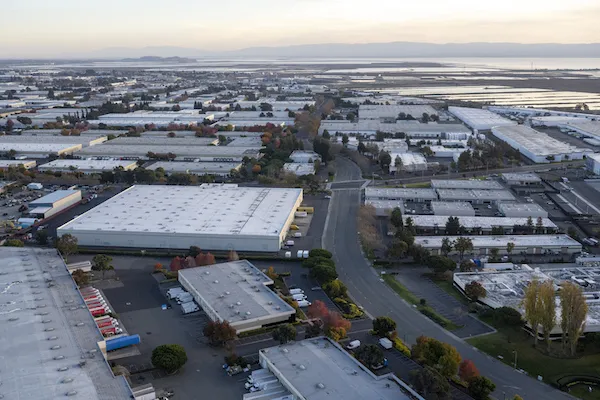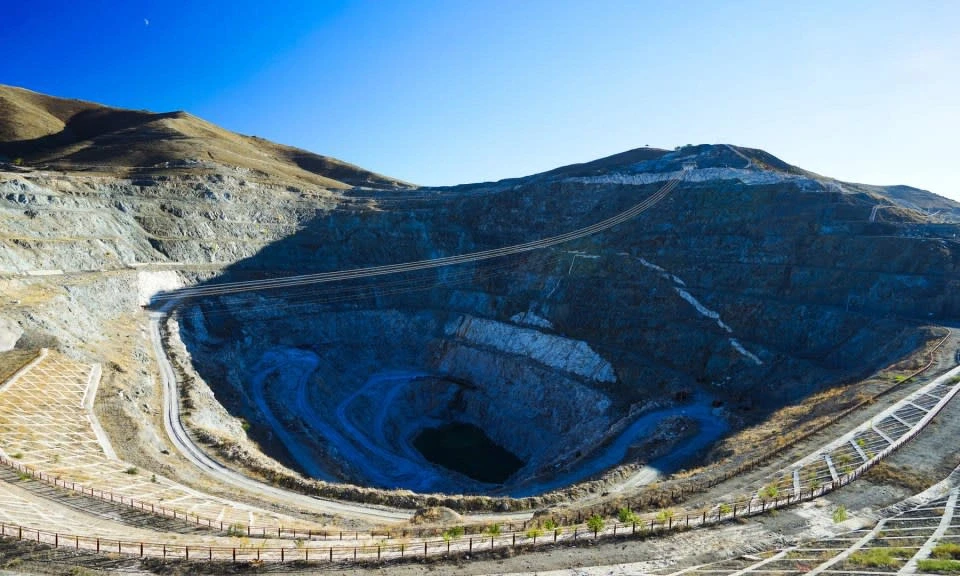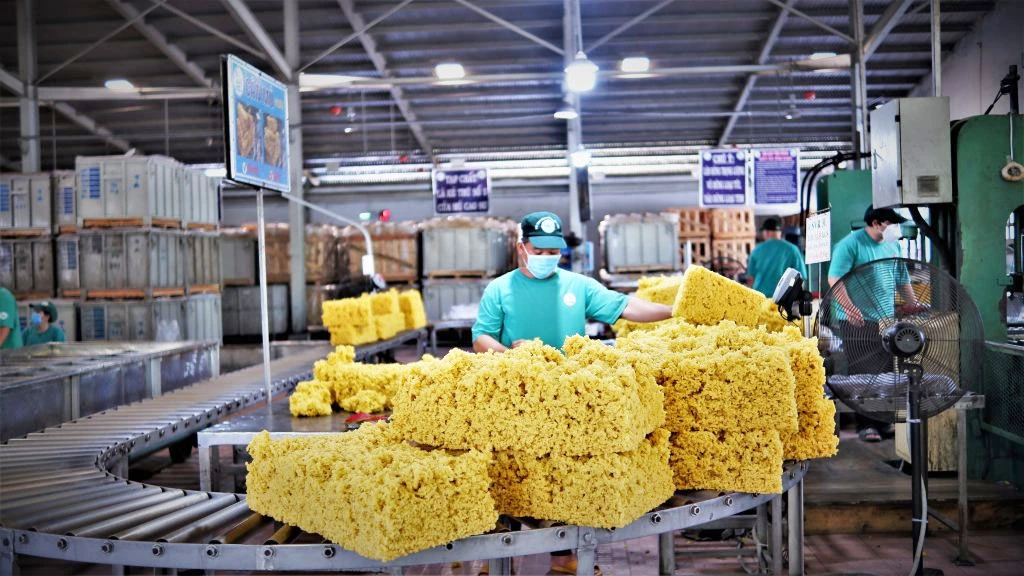
Logistics resilience drives Q2 industrial real estate stability amid easing supply surge, reports Cushman & Wakefield
Article content
In its “Q2 U.S. Industrial Market Report,” the firm observed that second quarter net national absorption, at 29.9 million square-feet (MSF), was in line with the first quarter’s 30.3 MSF tally, adding that the second quarter output came in ahead of expectations, and also that demand was paced by “newly built logistics product,” which the firm defines as warehouses built since 20023, and accounting for more than 50 MSF of second quarter absorption, while highlighting what the firm called sustained interest in higher-quality buildings. On the other end, the report explained that some markets were up against consolidation and downsizing rates higher than demand levels, including the West region with negative net absorption, at 2.3 MSF, with the Inland Empire and Los Angeles down 1.8 MSF and 1.1 MSF, respectively.

Key data findings in the report included:
- year-to-date new leasing activity, at almost 309 MSF, rose 0.3% annually and was down 5.0% compared to the same period in pre-pandemic 2019;
- second quarter new leasing activity, at roughly 157 MSF, was up 3.4% over the first quarter and down 1.0% annually, with seven major markets topping 5.0 MSF for the quarter;
- second quarter completions, or new supply, at more than 71.5 MSF, fell 4.2% sequentially and 44.6% annually, with the South and West regions representing 68% of total volume, and are off 59% compared to the peak seen in the third quarter 2023;
- build-to-suit deliveries rose to 30.4% year-to-date, up from 16.8% for the same period in 2024 and the speculative share fell from 66.0% to 62.3%, its lowest reading since the second quarter 2020, with 13 markets seeing annual declines of 50% or more in construction activity, below the 16 in the first quarter;
- the national industrial vacancy rate inched up 0.1%, to 7.1%, with new product continuing to outpace demand, with vacancy rates for smaller warehouses (under 100,000 SF) still low, at 4.4%, but up 0.8% annually; and
- average asking rents, at $10.12 per square foot, rose 0.9% sequentially and 2.6% annually, despite annual declines in the North and West regions and 18 of the 83 markets tracked by Cushman & Wakefield seeing annual growth rates of 5% or higher, down from 21 in the first quarter, with smaller warehouse facilities, at $13.51 per SF, coming in 31% higher than space at more than 100,000 SF
“One thing which helped propel [second quarter] demand was the easing of some of the record-high tariffs along with some eluding to tariff deals with countries,” said Jason Price, Senior Director, Americas Head of Logistics & Industrial Research, for Cushman & Wakefield. “This brought just a bit more clarity to the market, which gave some corporate industrial occupiers the confidence to transact. Also, rents are moderating and declining across many markets, allowing tenants to lock in more favorable deals than they could have even a year ago. On the occupancy side, the declining new supply has helped keep the market a bit more stable than it was a year ago where we were seeing more than 100 MSF of new deliveries—about 80% of that was speculative (and much of that was delivering vacant). So, vacancy has been just ticking higher (20 bps quarter over quarter) instead of the pace it was increasing in 2023 and 2024 (about 40 bps per quarter). But some markets are still struggling with corporate move outs/consolidations, despite healthy leasing totals.”
When asked if the 7.1% vacancy rate seems too high, Price noted that it’s right in line with what the 15-year average was before the pandemic hit.
“So, while elevated—it is still considered modestly healthy—especially as much of the reason for the increase has been newly built speculative supply (and not all sublease or direct space hitting the marketplace),” he said.
As for whether new supply will continue to outpace new absorption, Price said that Cushman & Wakefield expects that to continue in 2025 and much of 2026, whereas in 2027 in expects that absorption will outpace new supply on an annual basis.
Source: logisticsmgmt.com







